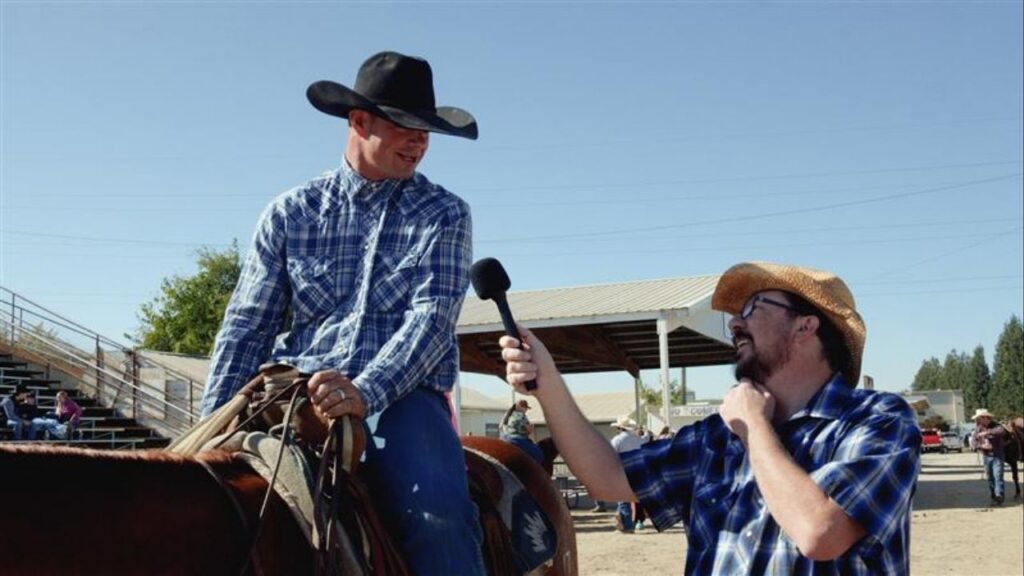Upstate New York gardener unearths rare mastodon jaw, sparking excitement among scholars and researchers. (AP/New York State Museum)
Share
SCOTCHTOWN, N.Y. — Scholars are hailing the discovery of a fossilized mastodon jaw discovered by a man who spotted two giant teeth while gardening at his upstate New York home this year.
The mastodon jaw and some other bone fragments were found in late September in a backyard near Scotchtown, a hamlet about 70 miles (112 kilometers) northwest of New York City, officials from the New York State Museum said.
The owner of the backyard does not want to be identified, said Robert Feranec, the state museum’s director of research and collections and curator of Ice Age animals.
The individual spotted what he first thought were baseballs, Feranec said Wednesday. “He picked them up and realized they were teeth,” he said.
Excavation Yields Well-Preserved Jaw
Excavation by staff from the museum and the State University of New York’s Orange County campus yielded a full, well-preserved jaw of an adult mastodon as well as a piece of a toe bone and a rib fragment, museum officials said.
“While the jaw is the star of the show, the additional toe and rib fragments offer valuable context and the potential for additional research,” said Cory Harris, chair of SUNY Orange’s behavioral sciences department. “We are also hoping to further explore the immediate area to see if there are any additional bones that were preserved.”
Rare Find in New York State
Officials with the Albany-based state museum said the jaw was the first complete mastodon jaw found in New York in 11 years. They said there have been more than 150 fossils from the extinct elephant relative found statewide to date, about a third of them in Orange County in the same area as the recent find.
Feranec said the newly unearthed jaw provides “a unique opportunity to study the ecology of this magnificent species, which will enhance our understanding of the Ice Age ecosystems from this region.”
Future Plans for the Fossils
The fossils will be carbon-dated and analyzed to determine the mastodon’s age, diet and habitat during its lifetime and will be put on public display sometime in 2025, museum officials said.



















